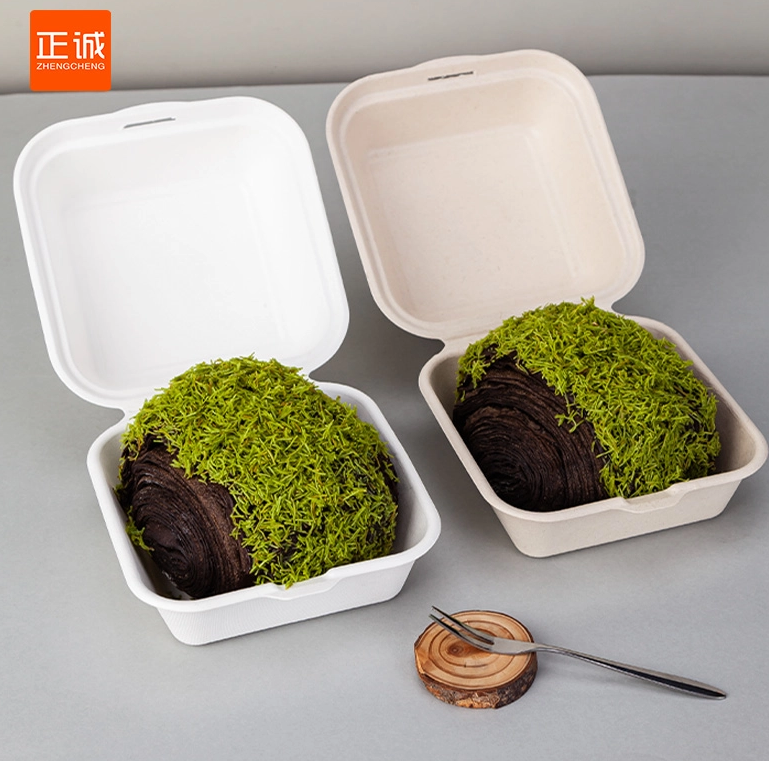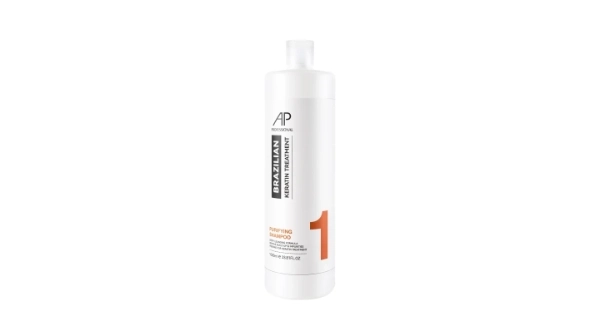In various industries, dispersants play a crucial role in enhancing the stability and performance of mixtures by preventing the agglomeration of particles. These chemical agents are essential in fields ranging from oil spill remediation to pharmaceuticals and food production. Understanding the different types of dispersants and their specific applications is vital for professionals seeking to optimize processes and improve product quality. This article delves into the various categories of dispersants, their mechanisms of action, and their practical applications across multiple sectors.
- Understanding Dispersants
Dispersants are surfactants or surface-active agents that reduce the surface tension between immiscible phases, allowing for the uniform distribution of particles within a medium. They are commonly used to stabilize emulsions, suspensions, and foams. The effectiveness of a dispersant is influenced by its chemical structure, molecular weight, and the nature of the dispersed phase.
- Types of Dispersants
Dispersants can be classified based on their chemical composition, mechanism of action, and application area. Here are the primary categories:
2.1. Surfactant-Based Dispersants
Surfactant-based dispersants are the most common type, consisting of amphiphilic molecules that possess both hydrophilic (water-attracting) and hydrophobic (water-repelling) properties. They can be further divided into:
- Anionic Dispersants: These contain negatively charged functional groups and are effective in stabilizing negatively charged particles. They are widely used in paints, inks, and coatings.
- Cationic Dispersants: With positively charged functional groups, cationic dispersants are suitable for stabilizing negatively charged particles and are often used in personal care products and textile applications.
- Nonionic Dispersants: These do not carry any charge and are less sensitive to pH changes. Nonionic dispersants are commonly used in food products and pharmaceuticals due to their mild nature.
2.2. Polymer-Based Dispersants
Polymer-based dispersants are macromolecules that provide steric stabilization to dispersed particles. They can be classified into:
- Natural Polymers: Derived from renewable resources, such as starch and cellulose, these dispersants are biodegradable and often used in food and cosmetic applications.
- Synthetic Polymers: These are engineered for specific properties and can provide enhanced stability and performance in industrial applications, such as coatings and adhesives.
2.3. Solvent-Based Dispersants
Solvent-based dispersants are used to dissolve or disperse solid particles in liquid media. They are particularly useful in applications where traditional surfactants may not be effective. These dispersants can be categorized into:
- Hydrocarbon-Based Dispersants: Commonly used in oil spill response, these dispersants help break down oil into smaller droplets, enhancing biodegradation.
- Alcohol-Based Dispersants: These are effective in dispersing pigments and dyes in various formulations, including inks and paints.
- Applications of Dispersants
Dispersants find applications across a wide range of industries, each with specific requirements and challenges:
3.1. Environmental Remediation
In the event of oil spills, dispersants are crucial for mitigating environmental damage. They work by breaking down oil slicks into smaller droplets, which can be more easily biodegraded by microorganisms. The choice of dispersant is critical, as it must be effective in the specific environmental conditions present.
3.2. Pharmaceuticals
In the pharmaceutical industry, dispersants are essential for formulating stable suspensions and emulsions. They ensure uniform distribution of active ingredients, enhancing bioavailability and therapeutic efficacy. The selection of a suitable dispersant can significantly impact the stability and release profile of drug formulations.
3.3. Food Industry
Dispersants are used in food products to maintain texture and consistency. They help stabilize emulsions in sauces, dressings, and dairy products, ensuring a uniform product that meets consumer expectations. Natural dispersants are often preferred for their safety and regulatory compliance.
3.4. Coatings and Inks
In the coatings and inks industry, dispersants are vital for achieving the desired color, consistency, and stability. They prevent pigment agglomeration, ensuring even distribution and optimal performance. The choice of dispersant can affect the viscosity, drying time, and overall appearance of the final product.
- Innovations in Dispersant Technology
Recent advancements in dispersant technology focus on developing more efficient and environmentally friendly options. Innovations include:
- Biodegradable Dispersants: With increasing environmental concerns, the development of biodegradable dispersants is gaining traction. These products aim to minimize ecological impact while maintaining performance.
- Smart Dispersants: Research is underway to create dispersants that can respond to environmental stimuli, such as pH or temperature changes, allowing for tailored performance in specific applications.
Conclusion
Understanding the different types of dispersants and their applications is essential for professionals across various industries. By selecting the appropriate dispersant, one can enhance product stability, improve performance, and meet regulatory requirements. As technology continues to evolve, the development of innovative dispersants will play a crucial role in addressing the challenges faced by industries today. Whether in environmental remediation, pharmaceuticals, food production, or coatings, the right dispersant can make all the difference in achieving optimal results.





+ There are no comments
Add yours